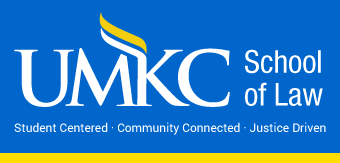Publication Date
10-2022
Document Type
Article
Abstract
Objectives: Parole is an important mechanism for alleviating the extraordinary social and financial costs of mass incarceration. Yet parole boards can also present a major obstacle, denying parole to low-risk inmates who could safely be released from prison. We evaluate a major parole institution, the New York State Parole Board, quantifying the costs of suboptimal decision-making.
Methods: Using ensemble Machine Learning, we predict any arrest and any violent felony arrest within three years to generate criminal risk predictions for individuals released on parole in New York from 2012–2015. We quantify the social welfare loss of the Board’s suboptimal decisions by rank ordering inmates by their predicted risk and estimating the crime rates that could be observed with counterfactual risk-based release decisions. We also estimate the release rates that could be achieved holding arrest rates constant. We attend to the “selective labels” problem in several ways, including by testing the validity of the algorithm for individuals who were denied parole but later released after the expiration of their sentence.
Results: We conservatively estimate that the Board could have more than doubled the release rate without increasing the total or violent felony arrest rate, and that they could have achieved these gains while simultaneously eliminating racial disparities in release rates.
Conclusions: This study demonstrates the use of algorithms for evaluating criminal justice decision-making. Our analyses suggest that many low risk individuals are being unnecessarily incarcerated, highlighting the need for major parole reform.
Publication Title
Journal of Quantitative Criminology
Recommended Citation
Hannah Lacqueur & Ryan W. Copus,
An Algorithmic Assessment of Parole Decisions,
Journal of Quantitative Criminology
(2022).
Available at:
https://irlaw.umkc.edu/faculty_works/496

